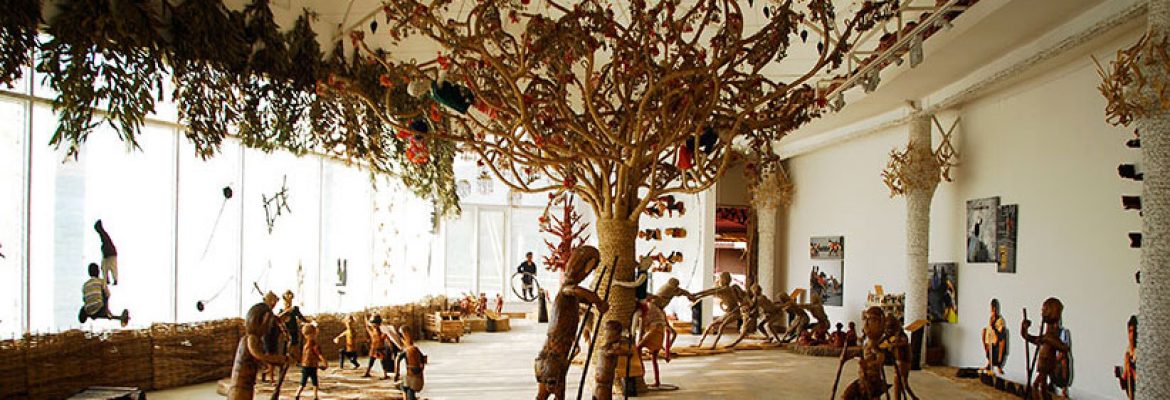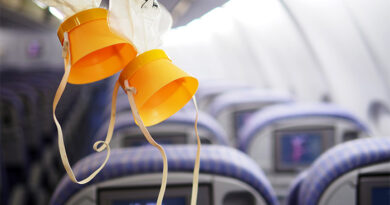
An Incredible Museum which tells the story of Tribal people through a large scale of art. This Museum is different from that of a traditional museum, where the exhibits are presented and background information is provided. Instead, the museum serves as a tribute to the tribal art and culture of the area. Madhya Pradesh’s cultural tapestry is woven with diversity due to the state’s several tribal populations, which include the Gonds, Baigas, and Bhariyas.
The Tribal Museum in Bhopal vividly depicts the tribal culture of Madhya Pradesh by presenting their rituals, crafts, architecture, and art in engaging exhibits. The museum presents a stunning visual display. The museum features six galleries packed with colourful, life-size (and in some cases, larger than life) installations.
The Tribal Museum is located at Shyamla Hills in Bhopal, Madhya Pradesh and it’s just 8 km’s from Bhopal Junction. It is one of the well-known museums in Madhya Pradesh and one of the top Bhopal tourist attractions, and it is located right next to the State Museum. The museum was developed and is dedicated to the Madhya Pradesh tribal people. It was established in 2013.
The Museum is spreads in a area of 7 acre land which includers an auditorium, a modest artefact store, and a café. The exhibitions are canvassed in a way that sets it apart from other museums throughout the country. The artworks are tough to read, yet they reflect tribal legends brilliantly. Culture-based events, including performances of poetry, theatre, cinema, and dance, are periodically scheduled at the museum. Over 30 percent of Madhya Pradesh’s population is tribal, thus it seems sense that the state government would commission such a treasure trove of indigenous art and aesthetics.
The tribal rites that portray the three stages of life—birth, marriage, and death—are on display at the Tribal Aesthetic Gallery. These gorgeous illustrations vividly capture the customs and spiritual ceremonies associated with these celebrations. The mythological origins of bamboo are described in the Gond folktale of “Basin Kanya,” which is shown in one section of the gallery through the use of bamboo and wooden figures set inside reconstructed woodlands. A six-foot-tall replica of a bangle made of brass depicting cowboys and farmers can be seen in the museum. This is the larger form of the bracelet that is traditionally given to a newlywed Bhil woman.
Inside the Museum
Tribal Home Gallery
This gallery displays the dwellings of the tribes of the Gond, Korku, Bhil, and Sahariya while showing their rely on natural resources, preserving the authenticity and depth of tribal culture and customs. Mud, bamboo, dung, hay, and grass are used to construct the buildings in the gallery, which also depicts necessities like farming implements and crockery used by tribal populations.
Gallery of Cultural diversity
The museum also features an exhibit that is devoted to the celebration of the many wedding and festival traditions practiced by indigenous tribes. Artists have brought to life the piety linked with each natural resource, such as woods, flowers, leaves, and farms, via sculptures of men and women. The significance of the “vivah mandap” in the middle, the relevance of other ceremonies, and musical instruments like the Dholak and Damru hanging from the renowned banyan have all been depicted in vivid detail. Additionally, a fervent and beautiful account of the legendary significance of bamboo from the “Baasin Kanya” (Gond folklore) narrative is given.
Gallery of Games
As soon as you enter this gallery, you youth comes flooding back! Classic games like tug of war and ‘Ghoda Badam Shahi’ will take you to a bygone era when such activities were performed in front yards around the globe. You can really get a feel for what these activities are like because to the lifelike sculptures depicting men, women, and especially kids enjoying them. This section focuses on how natural materials may be used for recreation and enjoyment.
Points to Remember
. Timing of Museum :
From Tuesday to Sunday- 12pm-8pm
Monday: Closed
Entry Fees 20INR and Photography Fees is- 100INR
Gift Shop: “Chinhari”- It’s a shop with a wide variety of attractive artifacts for sale at affordable prices, appealing to people with an appreciation for handmade goods.
Address: Shymla Hills Bhopal
The museum does a remarkable job of capturing the unrestrained creativity of the state’s original inhabitants. Imagined narratives of people’s lives have been shared with the world at this place.
Swikriti Dandotia








